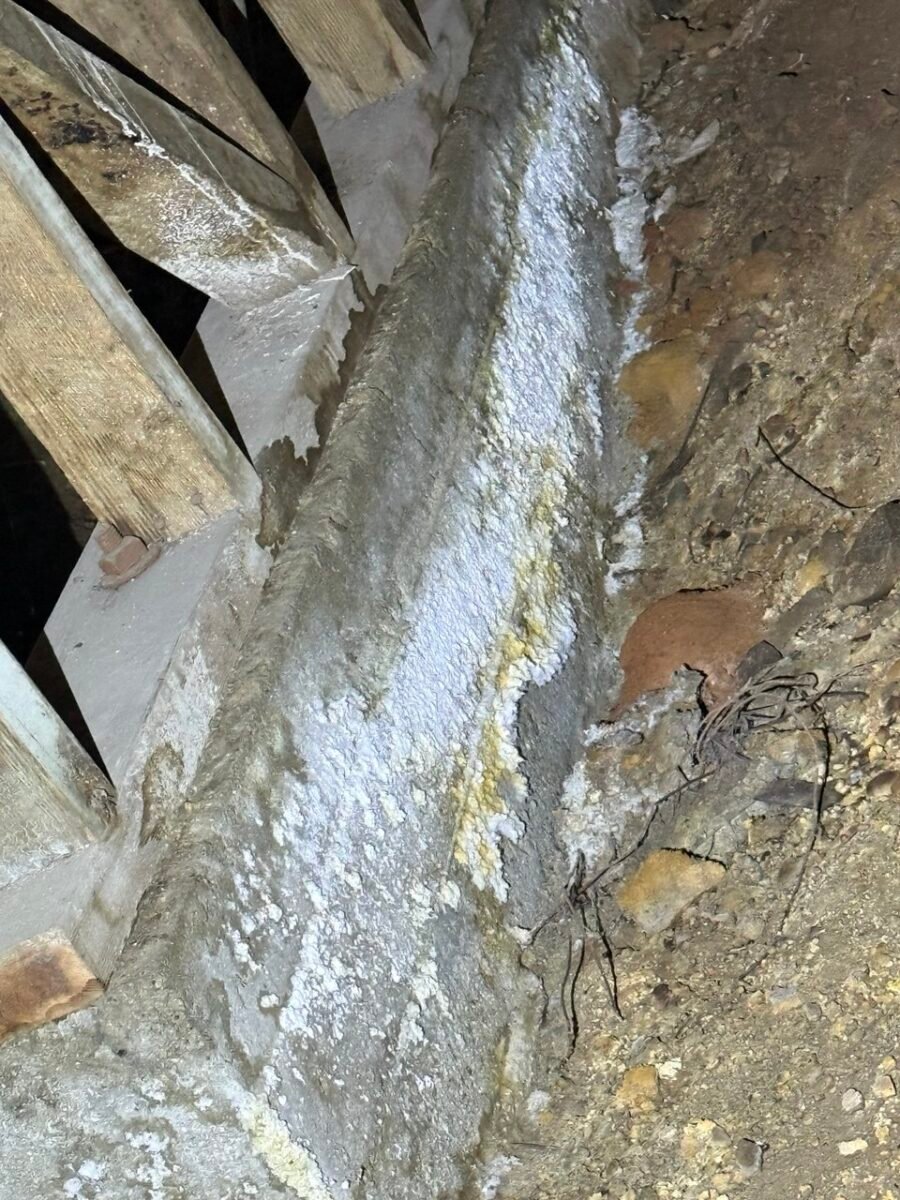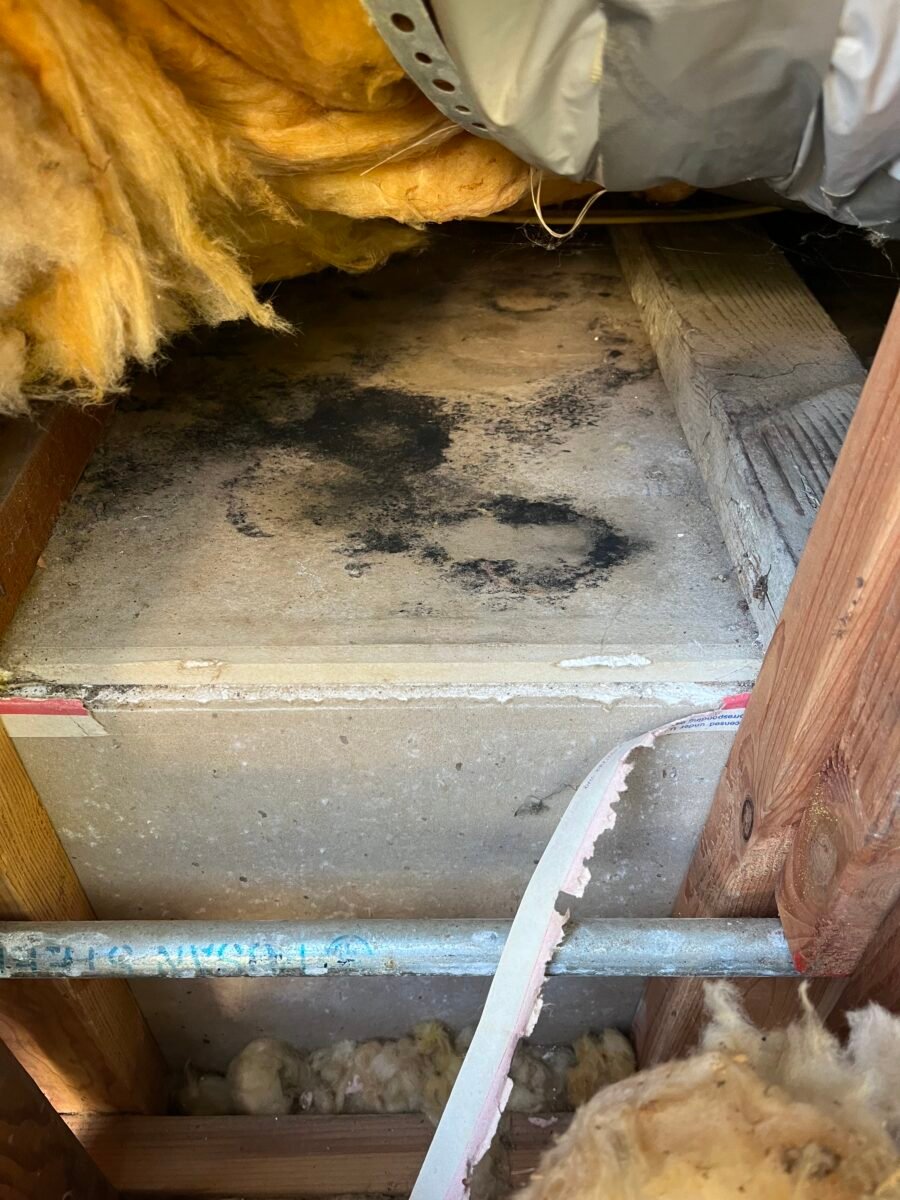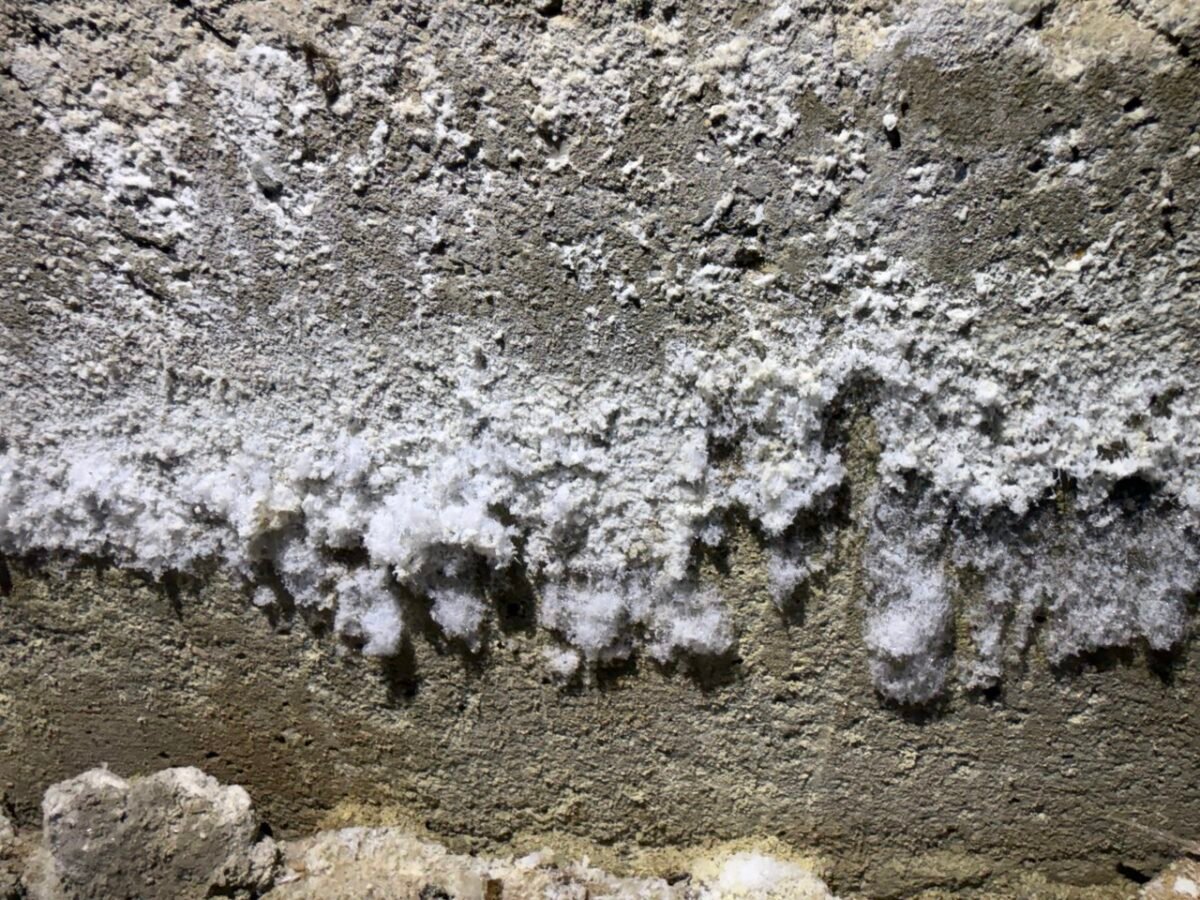Mold in Crawl Space Removal in Los Angeles
That musty smell drifting up from your crawl space isn’t just unpleasant—it’s a warning sign. Discovering mold in a crawl space means it’s time for action. This isn’t just about cleaning a mess; it’s about eliminating a hidden threat that can damage your home’s structure and compromise your family’s health. For homeowners in areas like Los Angeles, where moisture issues from coastal fog or plumbing leaks in older homes are common, professional mold in crawl space removal is a critical investment. The right approach involves identifying the moisture source, safely removing the mold, and ensuring it never returns.
Get Started
Service Form
The Hidden Dangers of Crawl Space Mold
Your crawl space might be “out of sight, out of mind,” but its health directly impacts your entire home. Think of it as the foundation of your home’s respiratory system. If the air down there is contaminated, that contamination will inevitably spread upstairs. The dark, damp, and undisturbed environment under your floors is a five-star resort for mold.
This underground ecosystem doesn’t keep its problems contained. Mold spores are microscopic and airborne, easily bypassing floors and walls. Due to a natural airflow phenomenon called the “stack effect,” air from your crawl space is constantly pulled upward into your living areas. That means mold spores, musty odors, and damp air are infiltrating the very air you breathe every day.
Ignoring this issue is a recipe for disaster. The real-world risks include:
- Compromised Air Quality: Microscopic spores can trigger allergies, worsen asthma, and cause respiratory issues, particularly affecting children and the elderly.
- Structural Damage: Mold isn’t just a surface problem; it actively consumes organic materials. It feeds on the wooden joists and subflooring that support your house, leading to rot and structural weakness over time.
- Decreased Property Value: A known mold issue is a major red flag for potential homebuyers, significantly reducing your home’s market value and making it difficult to sell.
A professional inspection is the first step toward reclaiming your home’s health from the ground up.

What Causes Mold in Your Crawl Space?
Mold doesn’t just appear; it’s the result of specific conditions brewing right under your feet. Think of your crawl space as a dark, damp garden. Mold spores are the invisible “seeds,” and they are always present. They only sprout and colonize when the environment is right.
The number one ingredient mold needs to thrive is moisture. Persistent dampness gives mold the green light to take root on any organic material it can find—especially the wooden floor joists and subflooring that support your home. Identifying the source of that moisture is the crucial first step toward a permanent solution.
Common Sources of Crawl Space Moisture
everal key issues can turn your crawl space into a mold paradise. Pinpointing the culprit is essential for effective remediation.
- High Humidity & Poor Ventilation: Without adequate airflow, moisture from the ground and outside air gets trapped. This causes humidity levels to skyrocket, and anything over 60% humidity creates an ideal breeding ground for mold.
- Plumbing Leaks: A slow drip from a water pipe or a leaky drain might seem minor, but in an enclosed space, it provides a constant water source that mold loves. This often leads to aggressive, concentrated colonies, a common problem in older properties from Sherman Oaks to Pasadena.
- Foundation & Groundwater Issues: Cracks in foundation walls or improper exterior grading can allow rainwater and groundwater to seep directly into the crawl space. This can cause widespread moisture problems that require a comprehensive fix. Addressing crawl space water damage is a great first step for these foundational issues.
The reality is, household mold is alarmingly common. The EPA reports that all molds have the potential to cause health effects. Health risks are particularly high for children, the elderly, and those with compromised immune systems.

How to Identify Mold in Your Crawl Space
Before you can tackle mold in crawl space removal, you need to confirm its presence. A safe inspection of this dark, damp area is the first move, and your senses are your best initial tools.
The most obvious clue is visual. You might spot fuzzy, slimy, or discolored patches on wooden joists, insulation, or the subfloor. Mold comes in various colors, but it commonly appears as spots of black, green, or white.
Next, trust your nose. A persistent musty or earthy smell that seems to originate from below is a classic indicator of an active mold colony. This odor is caused by microbial volatile organic compounds (MVOCs), which are gases released as mold grows and digests organic matter.
Looking for Secondary Evidence
Beyond spotting the mold itself, look for clues that point to the underlying moisture problem.
- Water Stains: Search for dark rings or “tidelines” on wooden beams and foundation walls, which mark where water has previously pooled.
- Damaged Materials: Check for peeling paint, warped floorboards in the room above the crawl space, or crumbling drywall.
- Efflorescence: This white, powdery substance on concrete or brick isn’t mold, but it’s a major red flag. It indicates that water is wicking through the foundation, creating the damp conditions mold needs to grow.
Safe Inspection vs. Professional Testing
If you decide to inspect the crawl space yourself, safety is paramount. Always wear personal protective equipment (PPE), including an N-95 respirator, safety glasses, and gloves, to avoid inhaling spores.
A quick visual check might confirm a small issue. However, if the musty smell is strong but you can’t find the source, or if you see widespread discoloration, it’s time to call a professional. A visual inspection alone can’t reveal the full scope of a problem. That’s where diagnostics like professional expert air quality tests become invaluable. These tests can identify hidden mold and measure spore concentration in your air. If you’re unsure, our guide on how to know if it’s mold can help.
Deciding whether to DIY the inspection or hire an expert comes down to scope and safety.
| Aspect | DIY Inspection | Professional Testing |
|---|---|---|
| Goal | Identify obvious, visible signs of mold and moisture. | Quantify spore levels, identify hidden sources, and confirm type of mold. |
| Tools Used | Flashlight, protective gear, your own senses. | Air sampling pumps, moisture meters, thermal imaging cameras, lab analysis. |
| Best For | Small, visible patches of mold in an easily accessible area. | Strong musty odors with no visible source; widespread contamination. |
| Limitations | Can’t detect hidden mold inside walls or quantify airborne spore levels. | Higher initial cost, requires scheduling with a certified inspector. |
| Outcome | A basic “yes” or “no” on whether visible mold is present. | A detailed report outlining mold types, concentrations, and a remediation plan. |
A DIY inspection is a good first pass. But for your family’s health and your home’s structural integrity, a professional assessment is always the smartest move.
Professional Process for Mold in Crawl Space Removal
Serious mold remediation is not a weekend DIY project. It requires a systematic, professional approach to ensure the mold is eliminated for good. The process for mold in crawl space removal is a multi-stage operation focused on safety, containment, and thorough eradication.
First, certified technicians isolate the crawl space from the rest of your home using heavy-duty plastic sheeting and negative air pressure machines. This creates a secure containment zone, a critical step that prevents airborne spores from being drawn into your HVAC system and spreading throughout your living areas.
Eradicating Mold at the Source
Once the area is safely sealed, the physical removal begins. Professionals use specialized equipment, including industrial-grade air scrubbers with HEPA filters, which run continuously to capture microscopic spores from the air.
This process flow illustrates the typical journey from suspicion to professional resolution. While your own senses can alert you to a problem, only a professional assessment can confirm the mold type and the severity of the situation. The remediation team then follows a proven plan:
Physical Removal:
Technicians physically scrape and remove mold growth from surfaces like wooden joists and concrete using methods like wire brushing, sanding, or media blasting (e.g., dry ice blasting).
Antimicrobial Application:
After cleaning, they apply EPA-registered antimicrobial agents. These chemicals are designed to kill any remaining mold roots and prevent future growth.
Safe Disposal:
All contaminated materials, from old insulation to debris, are carefully sealed in thick plastic bags and disposed of according to strict local and federal regulations for hazardous waste.
Final Cleaning:
The entire containment area is meticulously cleaned with HEPA vacuums to capture any lingering dust and spores.
As homeowner awareness of mold-related health risks grows, the remediation industry has expanded. The global market, valued at nearly $1.2 billion, is projected to exceed $1.75 billion by 2032, with North America leading the demand.
Understanding what goes into a proper mold remediation service empowers you to ensure the job is done right. Finally, industrial dehumidifiers and high-velocity fans are used to thoroughly dry the area, eliminating the conditions that allowed mold to grow in the first place.

By combining interior moisture control with proactive exterior water management, you create a comprehensive defense system that protects your investment and ensures the air in your home stays clean and healthy.
Strategies for Preventing Future Mold Growth
Removing existing mold is only half the battle. The ultimate goal is to ensure it never returns. This involves transforming your crawl space from a damp, mold-friendly zone into a dry, protected part of your home by controlling the one thing mold needs to survive: moisture. These steps act as a permanent shield for the underside of your house. By cutting off moisture at the source, you make the environment inhospitable for any future mold spores.
Control Interior Moisture and Humidity
The most effective long-term solution is crawl space encapsulation. This process involves lining the entire floor and walls with a heavy-duty vapor barrier, completely sealing out ground moisture. It’s like giving your crawl space a perfectly fitted raincoat.
To maximize effectiveness, encapsulation should be paired with a dedicated crawl space dehumidifier. These powerful units are built to handle the tough conditions under a house. Learn more in our guide to professional crawl space dehumidification.
Manage Exterior Water Sources
Your prevention plan must also address the exterior of your home. The golden rule is simple: water should always flow away from your foundation.
- Proper Grading: Ensure the soil around your foundation slopes downward to direct rainwater away from the house.
- Gutter Maintenance: Keep gutters and downspouts clear. When working correctly, they channel thousands of gallons of water safely away from your foundation.
- Leak Prevention: Regular plumbing inspections are key. Simple steps for preventing sewer line damage can save you from a catastrophic water problem.
Why Professional Mold Remediation Is a Smart Investment
When facing a significant mold problem, a DIY approach often falls short. Professional mold in crawl space removal is an investment in your home’s structural integrity and your family’s health. Certified technicians bring the training, experience, and specialized equipment to handle the job safely and completely.
A critical step often missed in DIY efforts is containment. Professionals establish isolation zones to prevent cross-contamination. They also use tools like moisture meters and thermal imaging cameras to locate hidden moisture sources that the naked eye can’t detect.
Most importantly, they identify and fix the root moisture problem, providing a lasting solution, not just a temporary fix. A thorough, professional approach protects your property value and prevents costly structural repairs down the road. This is a rapidly growing industry for a reason. The global mold remediation market was valued at USD 1.23 billion in 2023 and is projected to reach USD 1.52 billion by 2030, reflecting a greater understanding of the serious health risks posed by mold. You can read the full market analysis from Grand View Research for more details.
Ultimately, hiring a professional provides peace of mind—the confidence of knowing your home is safe and the air you breathe is clean.
Schedule a Crawl Space Mold Inspection Today
If you notice musty odors, warped flooring, or have a history of water issues, your crawl space could be harboring hidden mold. Don’t leave it to chance—our Los Angeles mold specialists provide fast, professional inspections, next-day air quality testing, and complete mold in crawl space remediation.
